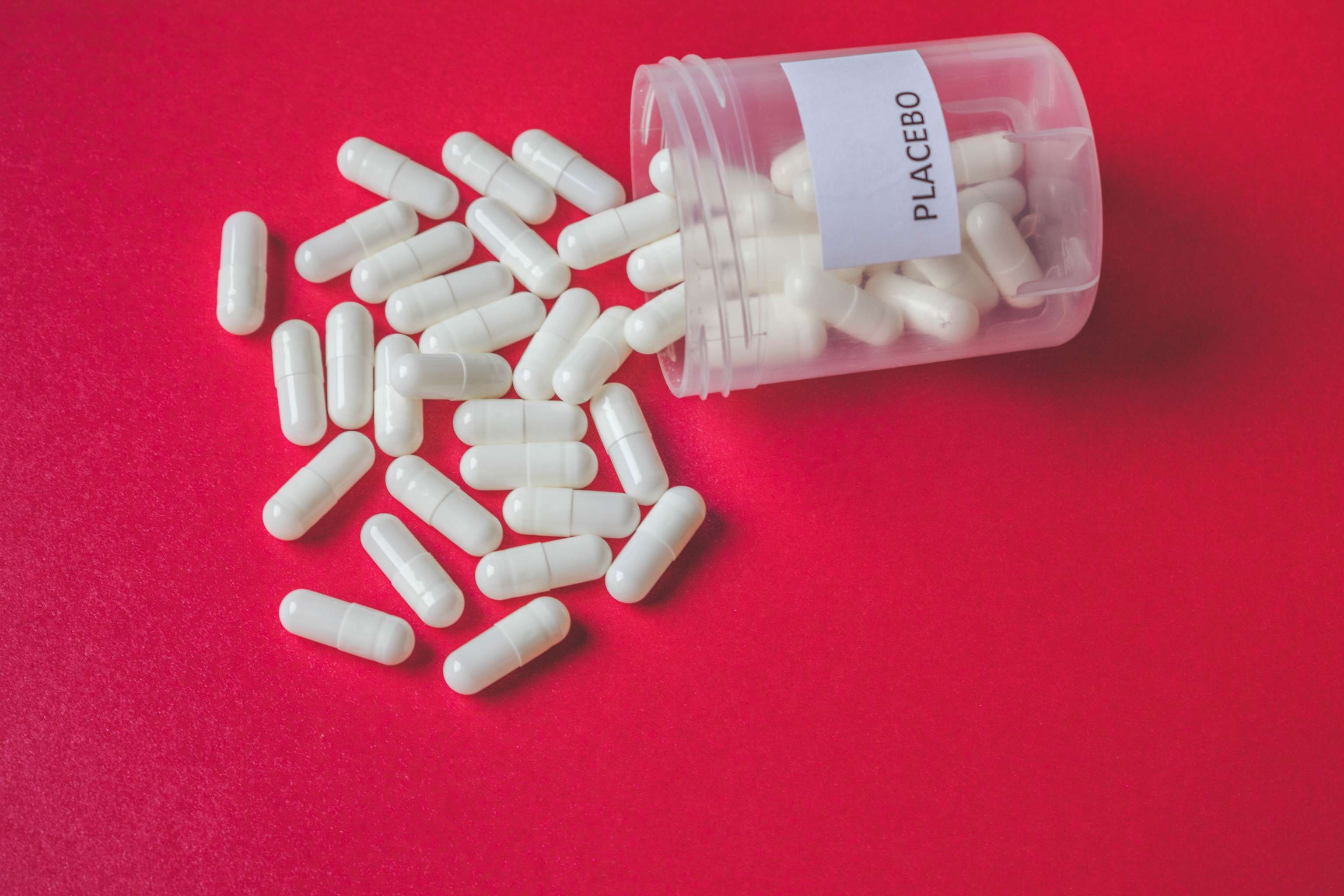Placebo in the spotlight of research

What is a placebo?
A placebo is a drug that has no active ingredient, although it can have a healing effect. The placebo is of Latin origin (i.e. placebo="it will please me") and usually contains only fillers such as lactose and starch. The effect produced is known as the placebo effect. How this effect is caused is not yet clear. However, it is assumed that the so-called self-healing powers of the human body and the resulting belief in the drug are the origin of the effect. Therefore, the patient's expectations may determine the effectiveness of the treatment. As a positive effect: The patient believes in the drug and hopes for a healing process - and this occurs accordingly. As a negative effect: Because of the conviction that the drug does not help, it may possibly also fail or even harm (i.e. nocebo effect).
Areas of use of placebo agents:
As mentioned earlier, placebos are used in some studies to compare and investigate the effects of (new) drugs. In such cases, the active substance is administered to the study group, while the control group receives the placebo drug. This is similar in appearance, colour and taste (e.g. placebo tablet or placebo capsule) to the real drug. Only after the drug to be tested can show a significantly better effect than the placebo is it classified as effective.
Placebos can also be used in practical therapy. For psychological, mild or non-life-threatening causes, a treating physician may find it useful to consider placebo therapy. On the other hand, a helpful medication may not be applicable for medical reasons, which is why the placebo is administered as an alternative.
Mode of administration of placebo:
The way placebos are administered can also alter the placebo effect. A study published in 2015 evaluated data from 149 randomized trials that examined the treatment of knee pain. In this study, placebos injected into the joint were able to show the greatest placebo effect. Placebo creams applied to the joint site followed in second place, and placebo medications in tablet form recorded significantly less effect than the first two.
Expensive placebos more effective?
Another double-blind, randomized, crossover study, published in 2015, examined the relationship between drug price and their effect. In This Placebo Study, 12 Parkinson's patients were given harmless saline solutions. One group received what appeared to be a "cheap" drug, while the other study group received an "expensive" drug at 100 times the price. According to the results, patients who were given the "more expensive" drugs were found to have an average 28% increase in motor skills over those given "cheaper" placebo drugs.
Placebo and brand name:
Brand name can also be a factor, according to a 2002 study published in the scientific journal Ann. Intern. Med., published in 2002, the brand name can also influence the effect of a drug. In this study, 835 women with headaches were divided into four groups. Each group received real aspirin (active ingredient: acetylsalicylic acid or ASA for short) or a placebo as follows:
- Group 1: real aspirin from the best-known manufacturer.
- Group 2: same aspirin, but brand name removed
- Group 3: placebo with the same brand name
- Group 4: placebo without brand name
While the first two groups consecutively gave the best results, 64% of the subjects in group 3 noted an improvement. In group 4, it was only 45% of the subjects.
Conclusion:
Still a placebo-controlled study is considered a good standard of an investigation. Placebos are also used in practical forms of therapy when circumstances permit. Nevertheless, the realization that not all placebos have the same effect and could even achieve clinically relevant effects should not be underestimated. Especially since when designing the methods of clinical trials, which are placebo-controlled, close attention should be paid to ensure that the placebo also meets the optical parameters and, if possible, does not falsify the comparative results.
Active ingredients:
Sources
- Bannuru RR, McAlindon TE, Sullivan MC, Wong JB, Kent DM, Schmid CH. Effectiveness and Implications of Alternative Placebo Treatments: A Systematic Review and Network Meta-analysis of Osteoarthritis Trials. Ann Intern Med. 2015 Sep
- Espay AJ, Norris MM, Eliassen JC, Dwivedi A, Smith MS, Banks C, Allendorfer JB, Lang AE, Fleck DE, Linke MJ, Szaflarski JP. Placebo effect of medication cost in Parkinson disease: a randomized double-blind study. Neurology. 2015 Feb
- Moerman DE, Jonas WB. Deconstructing the placebo effect and finding the meaning response. Ann Intern Med. 2002 Mar
- Placebo Medikamente (Netdoktor)

Danilo Glisic
Last updated on 12.01.2021
Your personal medication assistant
Browse our extensive database of medications from A-Z, including effects, side effects, and dosage.
All active ingredients with their effects, applications, and side effects, as well as the medications they are contained in.
Symptoms, causes, and treatments for common diseases and injuries.
The presented content does not replace the original package insert of the medication, especially regarding the dosage and effects of individual products. We cannot assume liability for the accuracy of the data, as the data has been partially converted automatically. Always consult a doctor for diagnoses and other health-related questions.
© medikamio